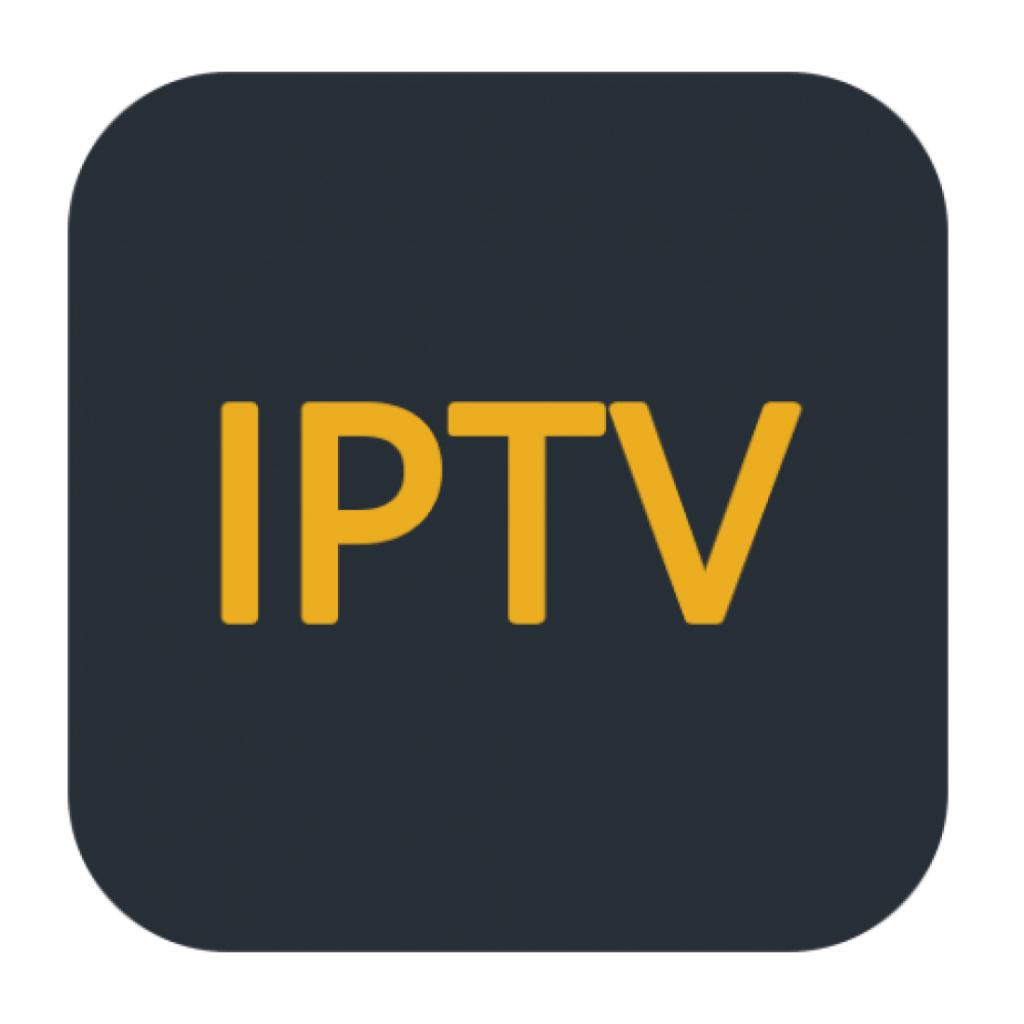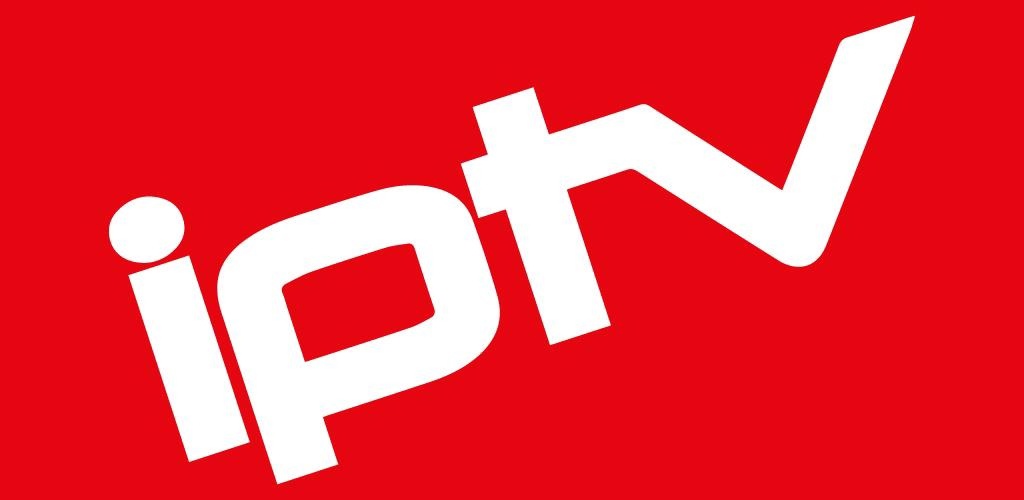Overview to My IPTV Is Lagging
IPTV Lagging Issues and Common Causes
IPTV users often encounter buffering and freezing problems due to various underlying reasons. Poorly configured or faulty programming within the system can lead to these issues. Inconsistent internet connectivity, overloaded servers, or inadequate bandwidth are typical culprits behind My IPTV Is Lagging problems. Furthermore, outdated software or hardware may also contribute to buffering and freezing scenarios.
Ways to Identify Lagging Problems in IPTV
Users can recognize lagging issues in IPTV through several indicators. Intermittent freezing of video content, constant buffering interruptions, and delayed response times to remote commands are common signs of lagging problems. Additionally, if the quality of the video stream fluctuates frequently or the audio and video become out of sync, it indicates potential lagging issues in the IPTV system. Conducting speed tests on the internet connection, checking server statuses, and ensuring that all software and firmware are up to date are effective ways to identify and address lagging problems in IPTV.
Restart Your Device
How Restarting Helps Clear Useless Processes?
Restarting the device is a helpful way to clear out any unnecessary processes that may be running in the background. This can significantly improve the performance of your IPTV app by freeing up resources and memory for it to run smoothly. By restarting your device regularly, you can ensure that it operates efficiently and without any lags or buffering issues.
Closing Background Apps for Optimal Performance
In addition to restarting the device, another method to optimize the performance of your IPTV app is to close any background apps that are not in use. Running multiple apps simultaneously can put a strain on your device’s CPU and GPU, leading to overheating and slower performance. By closing unnecessary apps, you can ensure that your IPTV app has the necessary resources to function properly and deliver a seamless viewing experience.
Check Internet Speed
Tips for Speed Testing and Improvement
When experiencing lag or buffering while using your IPTV service, one of the first steps to take is to check your internet speed. You can use popular speed testing apps like Internet Speed Test App Analiti to determine the current speed of your connection. Disconnecting other devices from Wi-Fi during streaming sessions can help improve the overall internet speed available to your IPTV device.
Choosing the Right Internet Service Provider
Using a quality IPTV service is crucial for a seamless streaming experience. Ensure that you have a reliable internet service provider that offers stable and fast connections to support your viewing needs. Additionally, consider using a reputable VPN provider to enhance privacy and security while streaming IPTV content.
Restart Your Device
How Restarting Helps Clear Useless Processes?
Restarting your device is an effective method to clear out any unnecessary processes that may be affecting the performance of your IPTV app. By restarting the device regularly, you can free up resources and memory, allowing the app to run smoothly without lags or buffering issues.
Closing Background Apps for Optimal Performance
In addition to restarting the device, closing background apps can further optimize the performance of your IPTV service. Running multiple apps simultaneously can strain the device’s CPU and GPU, leading to slower performance. By closing background apps that are not in use, you can ensure that your IPTV app has the necessary resources to deliver a seamless viewing experience.
Popular posts
- IPTV in the US: A Closer Look at the Cutting-Edge Technology
- How to become an IPTV provider US: Start your Business
- IPTV in the USA: The Ultimate Game-Changer for Television
- StaticIPTV Reviews: The Real Deal | StaticIPTV.us
- Best IPTV Service Providers in the USA
- Exploring the Benefits of Static IPTV: A Comprehensive Overview
- IPTV Subscription in the USA : Unlock Your TV | StaticIPTV.us
Adjust IPTV Settings
Optimizing IPTV Settings for Smooth Streaming
When it comes to ensuring a seamless viewing experience on your IPTV app, adjusting the settings can play a crucial role. By optimizing the settings, users can tailor the streaming experience to their preferences and improve overall performance. Customizing settings such as video resolution, buffer size, and network optimization can help reduce buffering and freezing issues, providing a smoother playback experience.
Enhancing Video and Audio Quality
Enhancing the video and audio quality on your IPTV app can elevate your viewing experience. By adjusting settings related to video resolution, audio output, and codec support, users can enjoy clear visuals and crisp sound while streaming their favorite content. Increasing the bitrate for video playback and selecting the appropriate audio settings can significantly enhance the overall quality of the content being streamed.
Ethernet Connection
Benefits of Wired Connection Over Wi-Fi
Switching from a Wi-Fi connection to a wired Ethernet connection can offer several advantages for IPTV users. Ethernet connections are more stable and reliable compared to Wi-Fi, as they provide a direct link between the device and the network. This direct connection reduces the likelihood of interference or signal disruptions, resulting in smoother and uninterrupted IPTV streaming experiences. Additionally, Ethernet connections typically offer faster speeds and lower latency, allowing for higher-quality video and audio playback without buffering or freezing issues.
Setting Up a Stable Ethernet Connection
To set up a stable Ethernet connection for your IPTV streaming device, you will need an Ethernet cable and an available Ethernet port on your router or modem. Begin by connecting one end of the Ethernet cable to the Ethernet port on your device and the other end to a free Ethernet port on your router or modem. Make sure to secure the connections properly to ensure a stable link between the device and the network. Once the physical connection is established, configure the network settings on your device to prioritize the Ethernet connection over Wi-Fi. This can usually be done through the device’s settings menu or network preferences.
By switching to an Ethernet connection for your IPTV streaming, you can enjoy a more reliable and consistent streaming experience without worrying about buffering or freezing issues often associated with Wi-Fi connections. The stability and speed offered by Ethernet connections can significantly enhance the overall performance of your IPTV service, allowing you to enjoy high-quality content with minimal disruptions.
Update Software and Firmware
Importance of Keeping Software Up to Date
Keeping your IPTV app and device firmware up to date is crucial for ensuring optimal performance. Updates often include bug fixes, performance enhancements, and new features that can improve the overall viewing experience. By regularly updating your software and firmware, you can avoid potential issues such as buffering, freezing, and crashes, ensuring a smoother and more reliable streaming experience.
How to Update IPTV Apps and Device Firmware?
Updating your IPTV apps and device firmware is a simple process that can be done in a few easy steps. For IPTV apps, you can check for updates within the app settings or visit the app store to see if any new versions are available for download. Make sure to enable automatic updates if the option is available to ensure you always have the latest version.
For device firmware updates, you can usually find the update option within the settings menu of your IPTV device. Check the manufacturer’s website for any firmware updates or notifications, and follow the instructions provided to download and install the latest firmware version. Reboot your device after the update to ensure the changes take effect and optimize the performance of your IPTV streaming.
Adjust IPTV Settings
Optimizing IPTV Settings for Smooth Streaming
When it comes to ensuring a seamless viewing experience on your IPTV app, adjusting the settings can play a crucial role. By optimizing the settings, users can tailor the streaming experience to their preferences and improve overall performance. Customizing settings such as video resolution, buffer size, and network optimization can help reduce buffering and freezing issues, providing a smoother playback experience.
Enhancing Video and Audio Quality
Enhancing the video and audio quality on your IPTV app can elevate your viewing experience. By adjusting settings related to video resolution, audio output, and codec support, users can enjoy clear visuals and crisp sound while streaming their favorite content. Increasing the bitrate for video playback and selecting the appropriate audio settings can significantly enhance the overall quality of the content being streamed.
Router Placement and Configuration
Router Placement Impact on Signal Strength
The placement of your router plays a crucial role in ensuring a strong and stable internet connection for your IPTV streaming. Placing your router in a central location, away from obstructions and interference, can help improve the signal strength throughout your home. Walls, furniture, and electronic devices can all contribute to signal interference, so positioning the router in an open area can minimize these obstacles and optimize the wireless coverage.
Configuring Router Settings for Better Connection
In addition to the physical placement of the router, configuring the router settings can also enhance the connection quality for your IPTV streaming. Adjusting settings such as channel selection, bandwidth allocation, and quality of service (QoS) can help prioritize IPTV traffic and reduce buffering issues. Ensuring that your router firmware is up to date is also important, as updates often include performance improvements and security enhancements that can benefit your streaming experience.
Implementing these strategies can help optimize your IPTV streaming experience by improving signal strength and connection quality. By paying attention to both the physical placement of the router and the router settings, users can enjoy uninterrupted streaming of their favorite content without the frustration of buffering and freezing issues.
Troubleshooting Guide
Common Solutions to IPTV Lagging Issues
To address IPTV lagging problems, it is essential to implement certain troubleshooting measures. One common solution is to update both the software and firmware of the IPTV application and device regularly. By staying up to date, users can benefit from bug fixes, performance enhancements, and new features that can enhance the overall streaming experience. Ensuring that the software and firmware are current can help prevent buffering, freezing, and crashes, leading to a smoother viewing experience.
Steps to Fix Buffering and Freezing Problems
When facing buffering and freezing issues on IPTV, adjusting settings can often help resolve these problems. Users can optimize their IPTV settings to tailor the streaming experience to their preferences and improve performance. Tweaking settings related to video resolution, buffer size, and network optimization can reduce buffering and freezing occurrences, resulting in smoother playback.
Enhancing the video and audio quality on the IPTV app can also contribute to a better viewing experience. By modifying settings like video resolution, audio output, and codec support, users can enjoy clearer visuals and crisper sound while streaming content. Additionally, increasing the bitrate for video playback and selecting appropriate audio settings can significantly improve the overall quality of the content being streamed.
It’s crucial for IPTV users to regularly update their software and firmware, optimize their settings, and focus on enhancing video and audio quality to combat lagging, buffering, and freezing issues effectively. By following these steps, users can ensure a more enjoyable and uninterrupted streaming experience.
Recent Posts
- Buy IPTV USA: Best IPTV Subscription Deals | StaticIPTV.us
- IPTV No Buffering: Best Lag-Free IPTV Providers | StaticIPTV.us
- IPTV Free Trial: Test the Best IPTV Services Now | StaticIPTV.us
- Best IPTV in USA: Top-Rated Streaming Options | StaticIPTV.us
- IPTV Service USA: Best IPTV Providers Compared | StaticIPTV.us
- Best IPTV Subscriptions for Live TV & On-Demand | StaticIPTV.us
- Top IPTV Provider: Best Streaming Services for 2025 | StaticIPTV.us
Troubleshooting Guide
Common Solutions to IPTV Lagging Issues
To address IPTV lagging problems, it is essential to implement certain troubleshooting measures. One common solution is to update both the software and firmware of the IPTV application and device regularly. By staying up to date, users can benefit from bug fixes, performance enhancements, and new features that can enhance the overall streaming experience. Ensuring that the software and firmware are current can help prevent buffering, freezing, and crashes, leading to a smoother viewing experience.
Steps to Fix Buffering and Freezing Problems
When facing buffering and freezing issues on IPTV, adjusting settings can often help resolve these problems. Users can optimize their IPTV settings to tailor the streaming experience to their preferences and improve performance. Tweaking settings related to video resolution, buffer size, and network optimization can reduce buffering and freezing occurrences, resulting in smoother playback.
Enhancing the video and audio quality on the IPTV app can also contribute to a better viewing experience. By modifying settings like video resolution, audio output, and codec support, users can enjoy clearer visuals and crisper sound while streaming content. Additionally, increasing the bitrate for video playback and selecting appropriate audio settings can significantly improve the overall quality of the content being streamed.
It’s crucial for IPTV users to regularly update their software and firmware, optimize their settings, and focus on enhancing video and audio quality to combat lagging, buffering, and freezing issues effectively. By following these steps, users can ensure a more enjoyable and uninterrupted streaming experience.
Conclusion
Implementing Effective Fixes for IPTV Lag
Users facing IPTV lagging issues can significantly improve their streaming experience by taking simple troubleshooting steps. Regularly updating software and firmware, tweaking settings for optimal performance, and focusing on video and audio quality enhancements are key strategies in combating buffering and freezing problems. By following these solutions, users can enjoy smoother and uninterrupted IPTV streaming.
Enhanced Viewing Experience and Enjoyment
By addressing lag, buffering, and freezing issues on IPTV, users can elevate their viewing experience to a new level of enjoyment. With clearer visuals, crisper sound, and smoother playback, the overall quality of content being streamed is heightened. Implementing effective fixes ensures that viewers can fully immerse themselves in their favorite shows and movies without interruptions, enhancing their overall satisfaction with the IPTV service.


